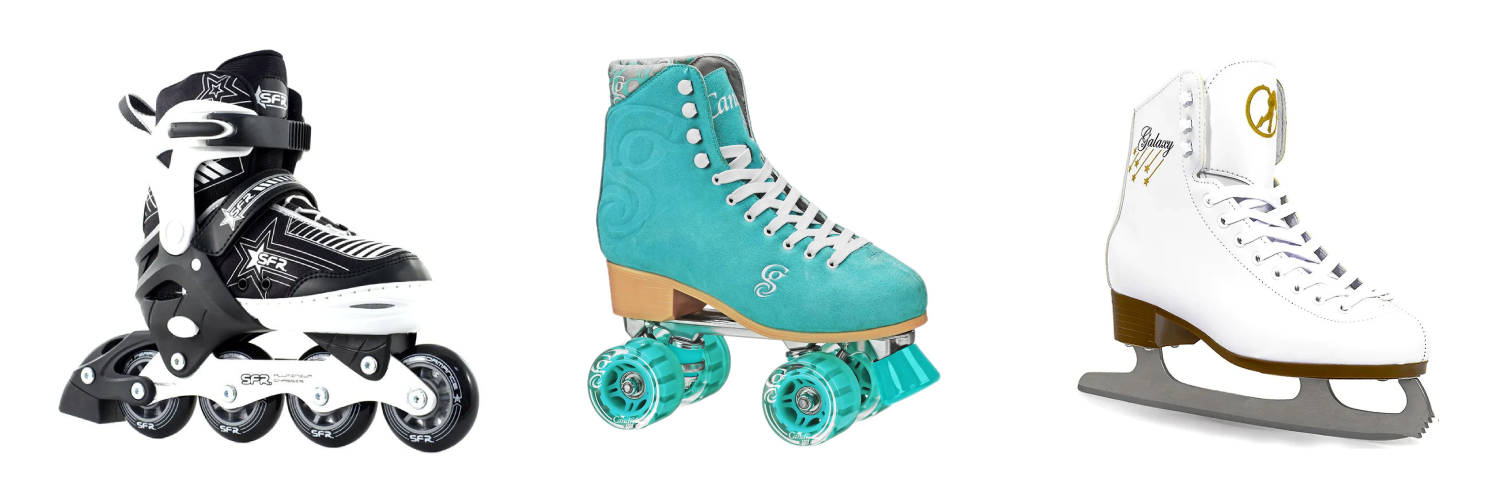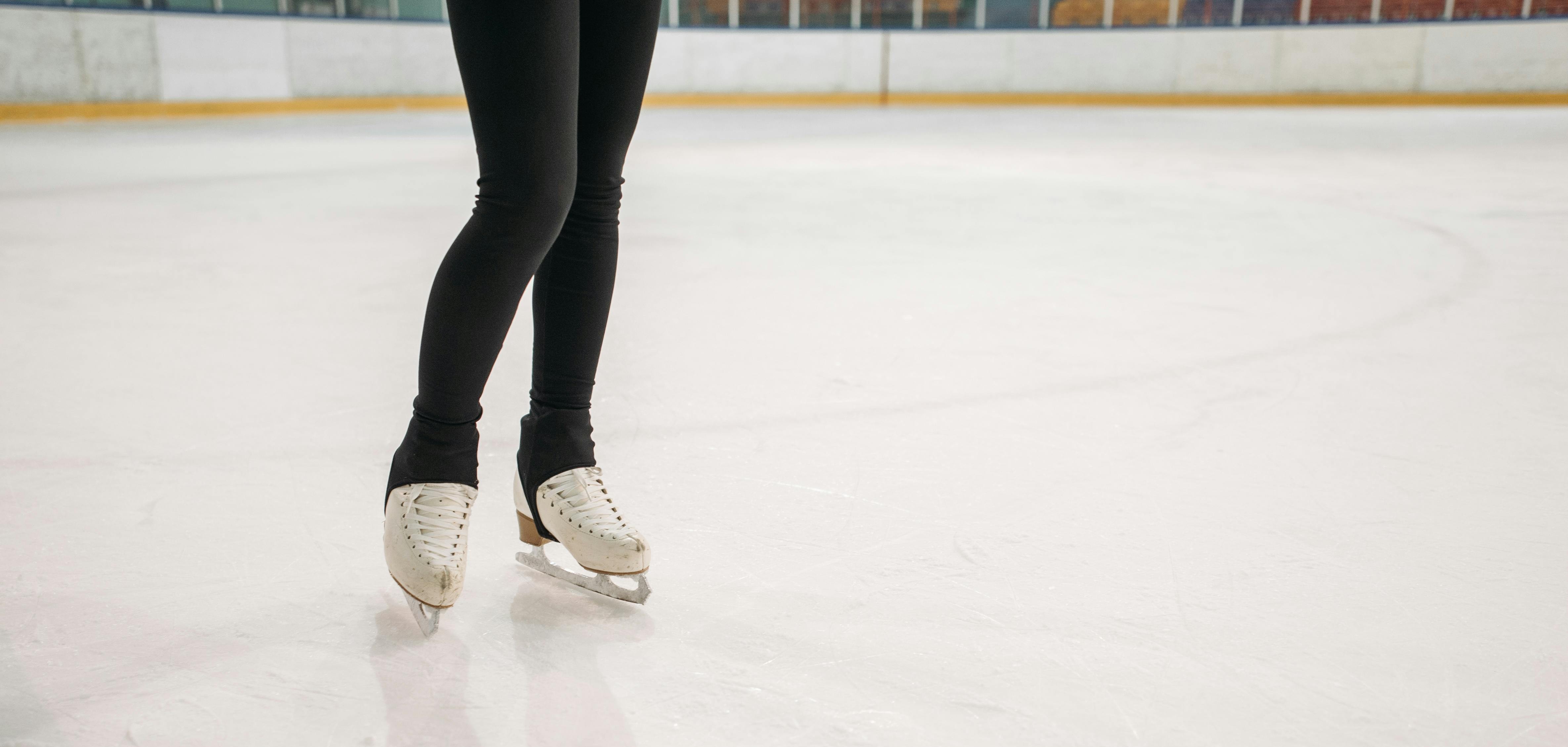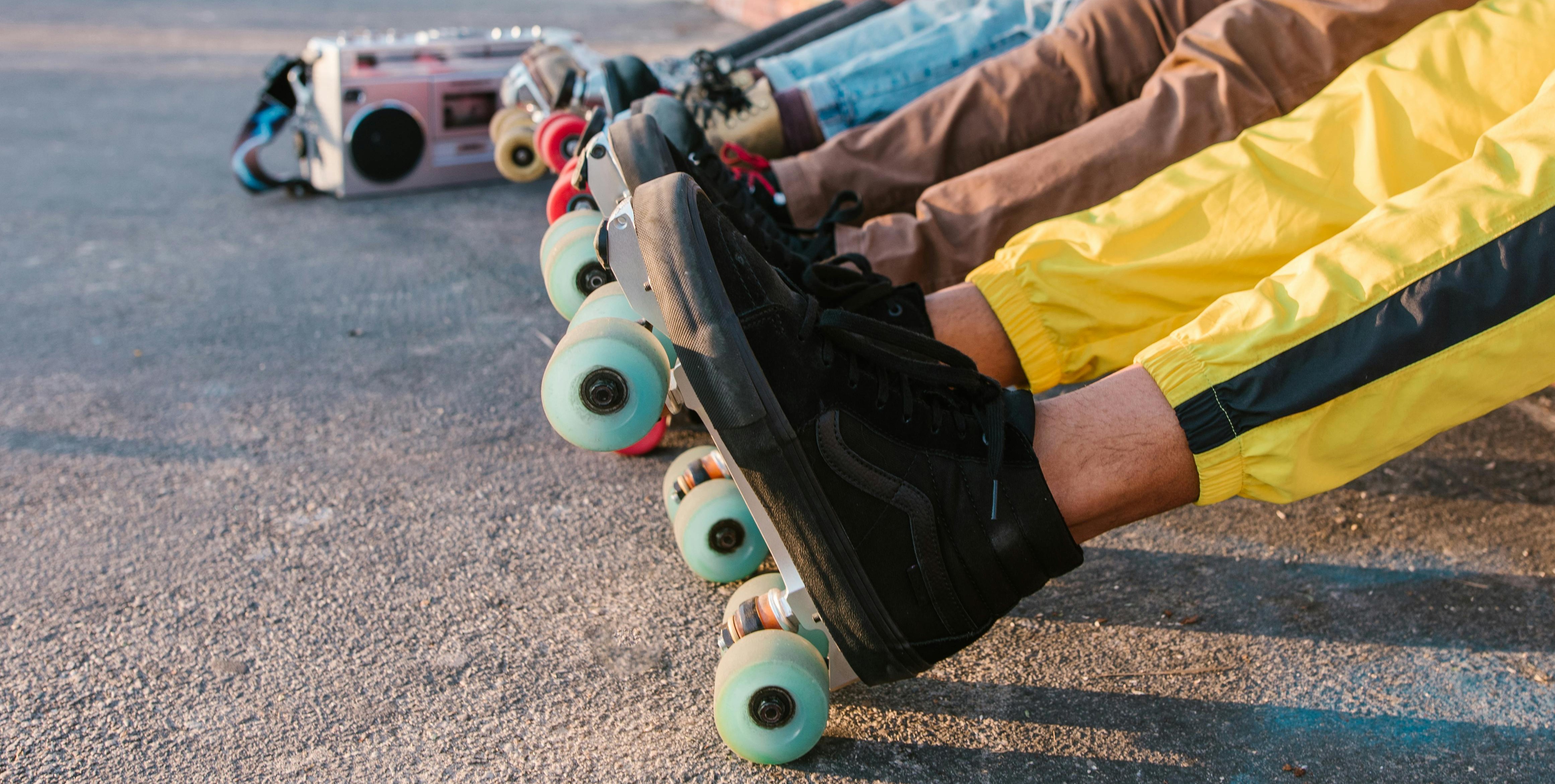Is Ice Skating Harder Than Roller Skating?
Have you ever wondered which one is harder, ice skating or rollerskating? While they may look similar on the surface, these two types of skating come with very different challenges. From how you balance to how you stop, there are some key differences that can make one feel much more difficult than the other.

Balance and Stability: Wheels vs. Blades
Roller Skating offers more initial stability thanks to the surface area of the wheels. Quad skates, in particular, distribute weight evenly across four wide wheels, giving your ankles and feet more support. Inline skates (rollerblades) are a bit trickier but still provide more lateral stability than a single thin blade.
Ice Skating, on the other hand, is a different beast. You're balancing on a single metal blade that’s only a few millimetres wide. This requires fine motor control in your feet and ankles that you probably haven’t developed if you're new. Even standing still on ice can feel awkward at first.
The Surface: Ice vs. Pavement
The surface plays a huge role in difficulty.
Ice is smooth but slippery, and it reacts differently to movement. Small shifts in weight can send you gliding in a direction you didn’t intend. There’s less friction, which means you have to be more precise with your motions. It’s also colder, harder, and less forgiving when you fall.
Roller skating surfaces like rink floors and pavement offer more friction and feedback, which gives you better control when you’re moving, turning, or stopping. Outdoor surfaces do have cracks or pebbles to watch for, but they don’t require the same level of precision as skating on ice.

Movement and Manoeuvring
Roller skating allows for a relatively natural walking-to-gliding transition. Your movements can be broader and more forgiving. Pushing off, coasting, and making turns all come fairly intuitively once you get the basics down.
Ice skating demands sharper technique. You can’t push off as aggressively without slipping, and turning requires more exact edge control (the inside or outside edge of your blade). This precision is what gives ice skaters that graceful glide, but it’s also why beginners struggle.
Stopping Techniques
Stopping is one of the first big challenges in both sports.
In roller skating, most quad skates have toe stops, while inline skates often have heel brakes. These built-in features help beginners learn to stop with relative safety.
Ice skaters don’t get brakes. Stopping on ice usually requires a “snowplow” technique, using the edge of the blade to create friction, or more advanced techniques like the hockey stop. These take time and practice to execute without falling.

Risk of Falling and Injury
Falling is part of the learning process in both sports, but it’s how you fall and what you land on that matters.
On ice, falls can be sudden and harder due to the cold, unforgiving surface. Plus, you're often falling with more momentum. There’s also the added risk of blades, especially in crowded rinks.
On roller skates, you’re generally moving slower, especially as a beginner, because the wheels create more friction and stability than ice blades. Most new skaters also wear protective gear like knee pads and wrist guards, which helps reduce the risk of injury when falling. This makes roller skating feel safer and more controlled for those just starting out.
Learning Curve and Skill Progression
If you’re new to skating, roller skating usually offers a faster and more forgiving learning curve. Most people can feel comfortable moving, turning, and stopping within a couple of sessions.
Ice skating can take longer to feel natural. But once you get over the initial awkwardness, you may progress faster in skills like gliding, spinning, or jumping, because the low-friction surface actually helps with momentum and flow.

So, Is Ice Skating Harder?
Yes, for most beginners, ice skating is harder than roller skating. The thin blades, slippery surface, and technical control required make it a tougher skill to learn from scratch. But that doesn’t mean it’s not worth it! Ice skating can be incredibly rewarding once you get the hang of it, offering a unique combination of grace, power, and athleticism.
At the end of the day, both sports are fun, challenging, and great for building balance, coordination, and confidence. If you're trying to decide which one to try first:
-
Start with roller skating if you want an easier, more stable intro to skating.
-
Try ice skating if you're up for a steeper learning curve and don’t mind a bit of falling along the way.


